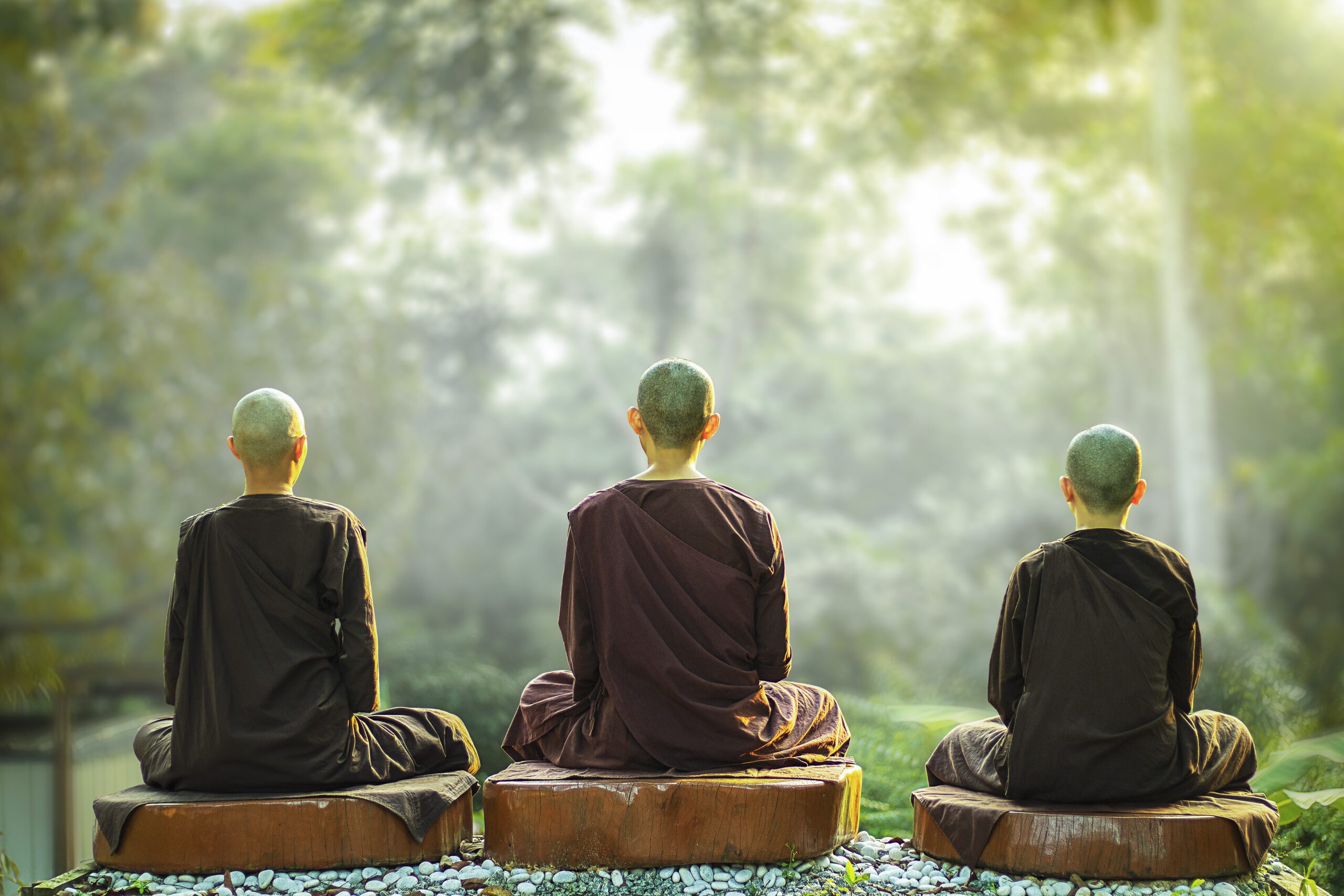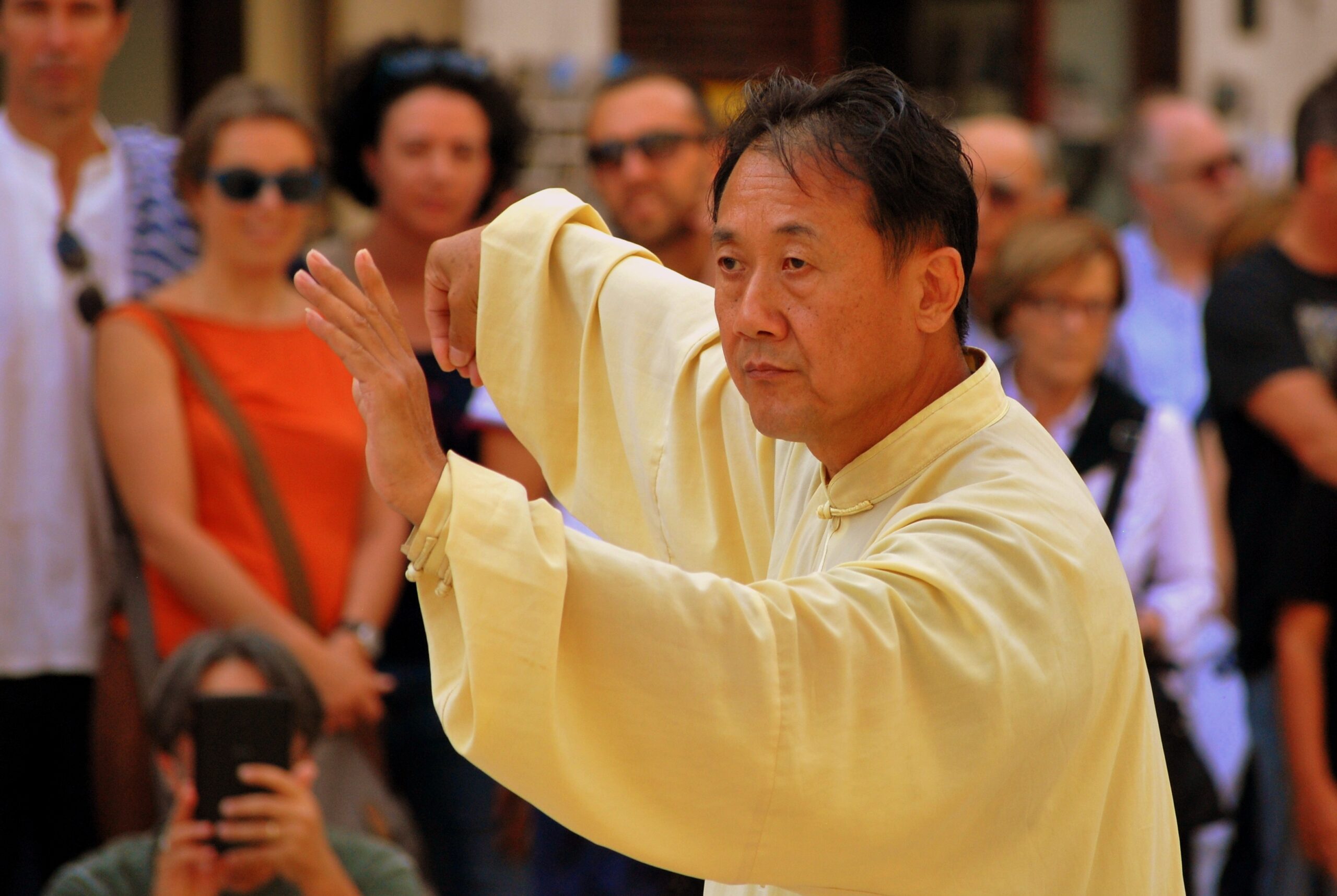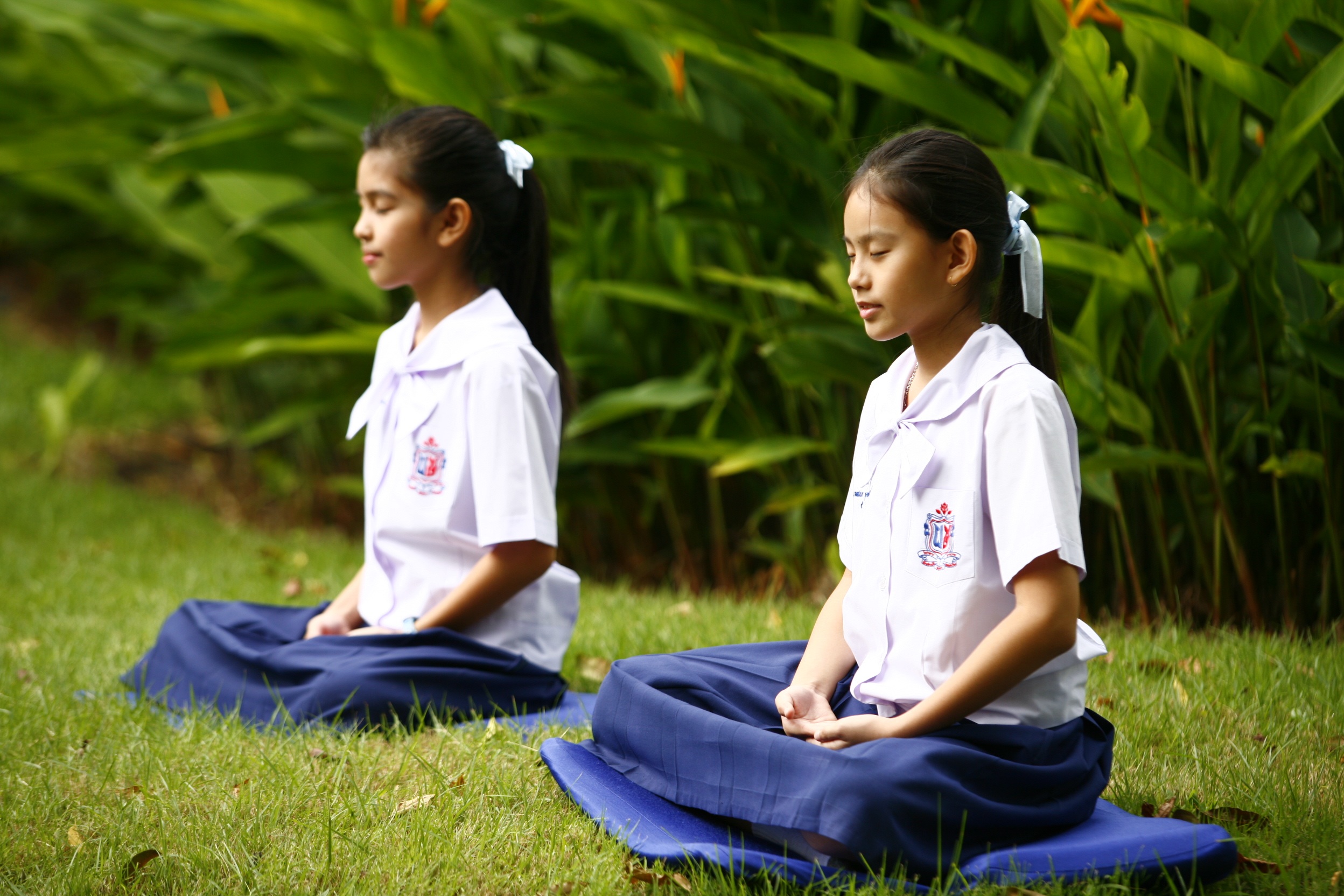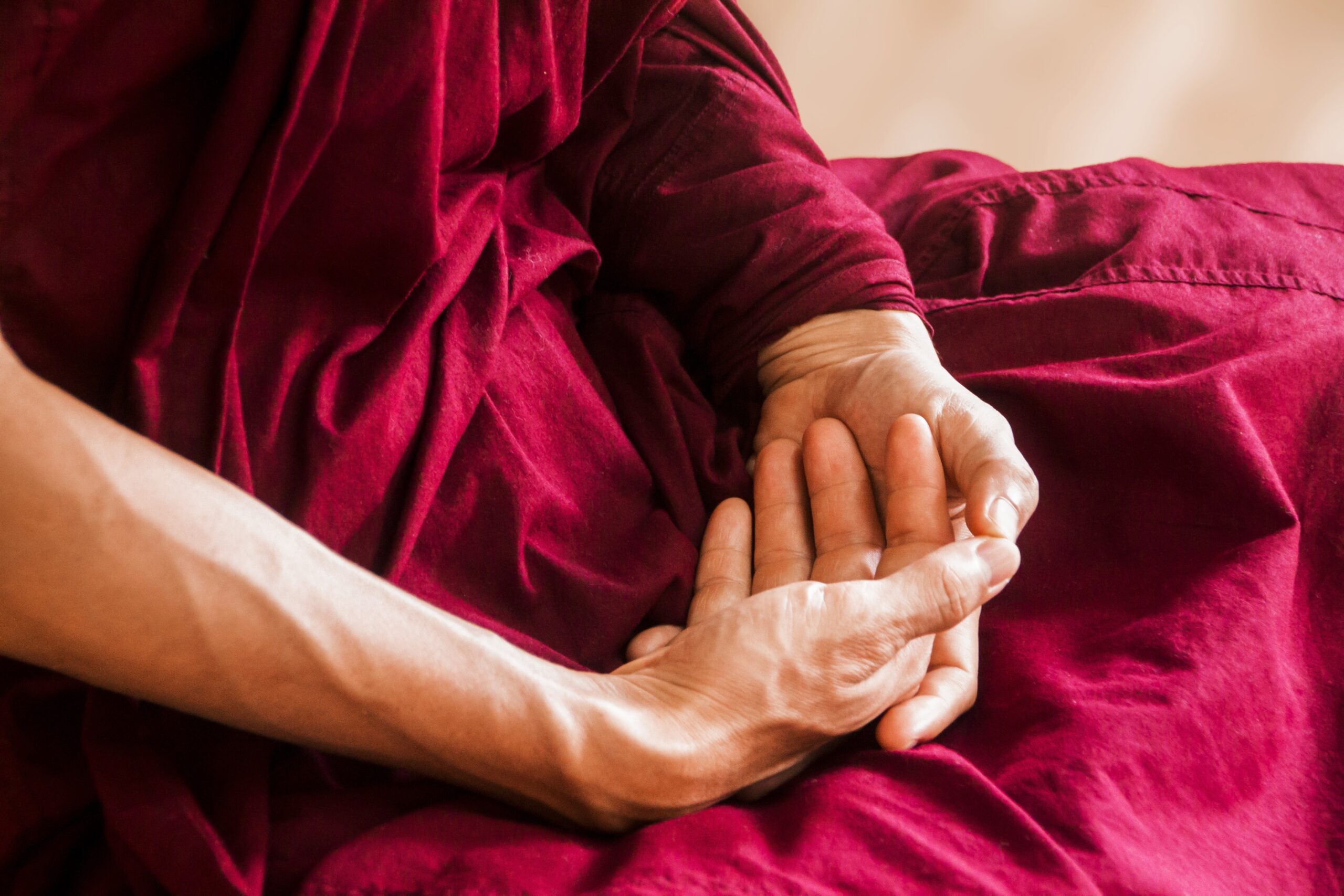Tai Chi Chuan:
Martial Art & Meditation
Tai chi chuan, (a.k.a. taijiquan), the most widely practiced of all qigong martial arts and moving meditation, follows Taoist principles of Nature and Universe. Tai chi is truly an intrinsically beautiful art form in motion that engages both mind, body and spirit.
Often truncated in English as simply “tai chi,” taijiquan is the official phonetic name and is usually called by its full name in Chinese.
 Tai chi, (phonetically pronounced taiji), means Supreme Ultimate. It signifies the cosmological manifestation of yin and yang, dual interacting dynamic forces in Nature that blend together, resulting in the ultimate whole.
Tai chi, (phonetically pronounced taiji), means Supreme Ultimate. It signifies the cosmological manifestation of yin and yang, dual interacting dynamic forces in Nature that blend together, resulting in the ultimate whole.
Chuan (also phonetically written as quan) means “fist” and refers to barehanded martial arts. Thus, taijiquan or tai chi chuan signifies a sophisticated form of martial art originally created for self-defense.
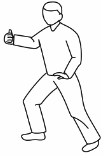 However, because of its many other benefits, taijiquan has withstood the test of time, offering its practitioners both health and spiritual benefits, not to mention a natural moving work of art.
However, because of its many other benefits, taijiquan has withstood the test of time, offering its practitioners both health and spiritual benefits, not to mention a natural moving work of art.
How is it different from other qigong (a.k.a chi kung) practices? Tai chi chuan is just one of many categories of qigong, but its chief distinction lies in its martial art application.
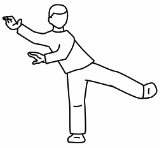 At the heart of this unique combination of relaxing grace and beauty is a lethal set of movements ultimately designed to overcome the opponent in combat, based on the principle of “soft overcoming hard”. Little wonder that this 300-year-old martial art was also once known as mian quan or “cotton fist.”
At the heart of this unique combination of relaxing grace and beauty is a lethal set of movements ultimately designed to overcome the opponent in combat, based on the principle of “soft overcoming hard”. Little wonder that this 300-year-old martial art was also once known as mian quan or “cotton fist.”
Tai chi chuan is made up of precisely executed movements ordered in a sequence called the tai chi form. The tai chi form can range in length from just a few sets of movements that take just a few minutes to complete, to long complex sequences that might take upwards to half an hour to perform in their entirety.
Most beginning students like to start with short sequences. 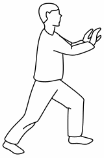
 As practitioners become more familiar with individual movements common to most tai chi forms, most prefer to practice the more complex forms
As practitioners become more familiar with individual movements common to most tai chi forms, most prefer to practice the more complex forms
Admittedly, the longer and more complex the tai chi form, the more beautiful. The extended length of the longer sequences also give the practitioner more time to generate more powerful intrinsic chi energy.
After all, tai chi is a study of health, balance and longevity, using yinian to generate and manipulate the chi energy. Since chi is integral to health, longevity, healing and personal, spiritual growth, the longer one practices the tai chi form, the more effective the practitioner becomes at generating chi and benefiting from it.
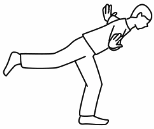 Because of its complexity as both martial art and meditation, and its subsequent development independent of other qigong forms, tai chi chuan deserves its own discourse and closer study:
Because of its complexity as both martial art and meditation, and its subsequent development independent of other qigong forms, tai chi chuan deserves its own discourse and closer study:
- History and Development
- Martial Arts and the Dance Form
- The Many Styles and Tai Chi Forms
- Names of Tai Chi Forms
- Principles of Combat and Self Defense
- Crucial Principles of Practice
- Individual Tai Chi Exercises
- Key Points to Remember When Practicing Tai Chi
- Loosening Exercise for Hypertension
- Lan Que Wei (Grasp Sparrow’s Tail)
- Yun Shou (Wave Hands in the Clouds) Dan Bian (Single Whip)
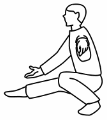
- Xia Shi Dan Bian (Squatting Single Whip)
- Shizi Bai Lian (Cross Lotus Kick)
- Mei Ren Zhao Jing (Fair Lady Looks Into the Mirror)
- Bai She Tu Xin (Snake Sticks Out Its Tongue)
- Tai Chi Classics
- Lineage Transmission and Instruction of Tai Chi Chuan
